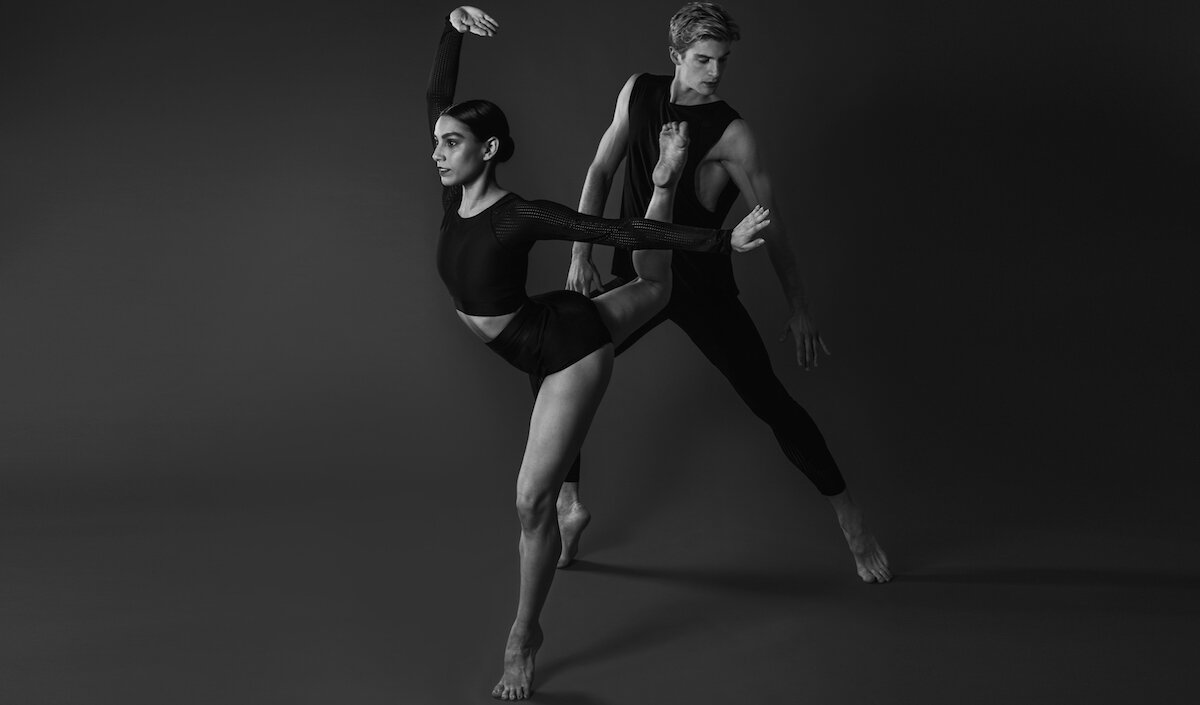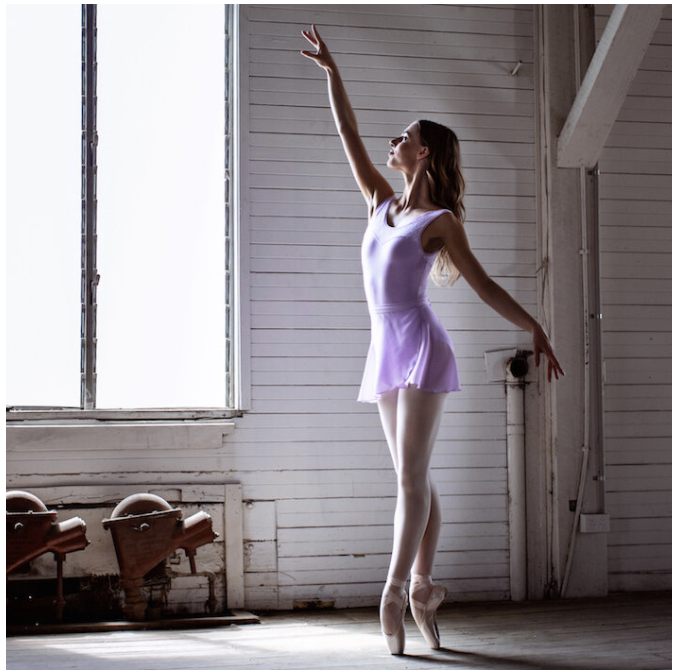Dance Advice | Why Am I Cramping?
There’s nothing worse than being in the middle of a routine and suddenly getting a muscle cramp that’s so bad you can’t move that part of your body. Perhaps you’ve pointed your foot, it spasms and cramps, and despite your best efforts you can’t move into flexion. Or maybe you’ve had a cramp sneak up on you during the night, causing you to wake in pain unable to move your leg. Most of us know these feelings. How painful it can be and how you feel like you have momentarily lost control of that part of the body. We also know the relief you start to feel when that cramp begins to dissipate. That sigh of relief you breathe when you can move freely. Muscle cramping doesn’t have to dictate your dance (or everyday) life! In this blog we’ll discuss what muscle cramping is, the causes, how we can reduce the severity, and prevent how often it occurs.
Dancers rehearsing backstage during the 2019 Lucie Saranova Awards.
What is a muscle cramp?
A muscle cramp is a sudden and involuntary contraction or spasm of one or more of your muscles. Though generally harmless, muscle cramps can make it temporarily impossible to use the affected muscle and also cause pain and discomfort to the implicated area. Lasting from a few seconds up to fifteen minutes, you can sometimes notice a bulging lump of muscle tissue beneath the skin too. Muscles that are commonly affected by cramping are legs (calves, hamstrings, quadriceps), feet, hands, arms and the abdominal wall.
Kristy Lee wears Xena Crop and Xena Brief in black from the Coda Collection. Dominic wears the Aero Singlet and Alpha Legging in black from the Coda Collection.
What causes a muscle cramp?
There are several causative factors that can result in muscle cramps. These include:
Dehydration
This can be a result of reduced water intake, warm weather or excessive perspiration. Dehydration leads to a depletion of electrolytes which are required to assist with muscle contraction and relaxation. Healthy muscle tissue requires adequate levels of water, glucose, sodium, potassium, calcium and magnesium which allow the proteins within them to develop an organised contraction. Insufficient levels results in reduced circulation of blood leading to reduced nutrient and oxygen delivery.
Tight Muscles
Tight muscles can be a result of physical overexertion, dancing without warming up appropriately or holding a stationary position for a long period of time. When we have tight muscles there’s a depletion of oxygen supply due to reduced blood flow. This then results in a build up of metabolic waste product which causes a muscular spasm or cramp.
Injuries
Similar to having tight muscles, injuries can reduce the blood flow and resultant oxygen supply leading to cramps. They can also cause nerve compression which results in a cramp like sensation in the body.
Brooke wears the Sienna Mesh Leotard and the Darcey Half Tutu in black.
How do I prevent and alleviate a muscle cramp?
Depending on the cause of the muscle cramp there are different remedies to assist with alleviating the pain and discomfort.
Rehydration
One of the easiest ways to prevent and reduce the frequency and severity of muscle cramps is to improve hydration status. Water is essential for rehydration but will only be beneficial if electrolyte status is also maintained and restored. Electrolyte or sports drinks contain the appropriate levels of electrolytes to restore levels. Coconut water is another source of electrolytes, particularly potassium, or you can make your own electrolyte drink with water, lime juice, Himalayan salt and honey.
Body Care
Body care is essential to prevent muscle cramps and ensure your body is able to perform at its peak capacity. This includes warming up and cooling down before and after dancing, stretching and rolling out muscles on a foam roller or with a tennis ball/spiky ball to alleviate tightness, and the use of ice or heat packs when you feel a small strain. Seeking out the help of professionals (osteopaths, physiotherapists or chiropractors) is another great way to keep your body in tip-top shape.
Magnesium
Magnesium is the body’s best friend when it comes to muscle cramps and pain. Not only can it be consumed internally, it can also be applied externally. Epsom salt or magnesium salt baths are a great way for the body to absorb magnesium through the skin and can assist with relaxing fatigued muscles. You can also use magnesium oils or sprays topically to relax tight muscles and reduce cramping. Absorption through the skin will also assist with electrolyte imbalance which can lead to cramping.
Kristy Lee wears Xena Crop and Xena Brief in black from the Coda Collection. Dominic wears the Aero Singlet and Alpha Legging in black from the Coda Collection.
Muscle cramping doesn’t always have a definitive cause. Often we don’t know the exact reason why we are cramping. But that doesn’t mean we can’t still prime our body to reduce these surprise attacks. Using the above tips and tricks you can keep on dancing without having to worry about something cramping your style!
Zoe wears the Annabelle Leotard in baby blue.
Article by Sheree Ronai-Horvath
Photography by Elly Ford










